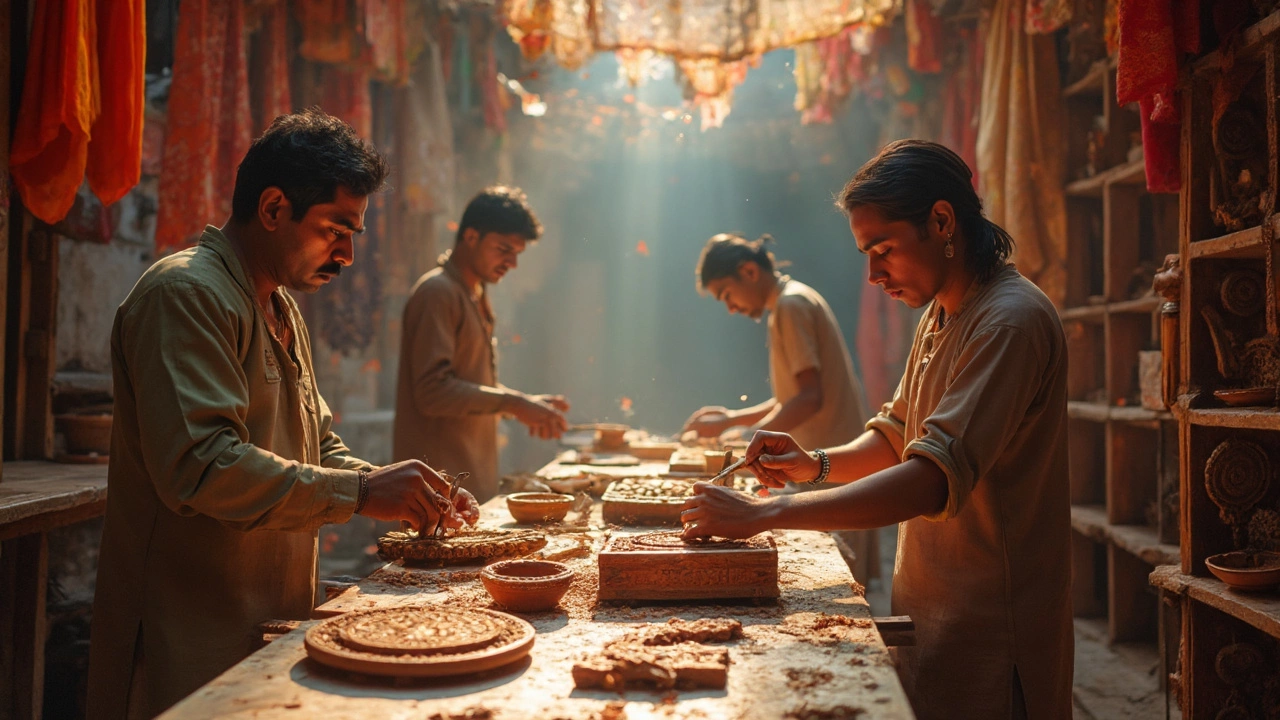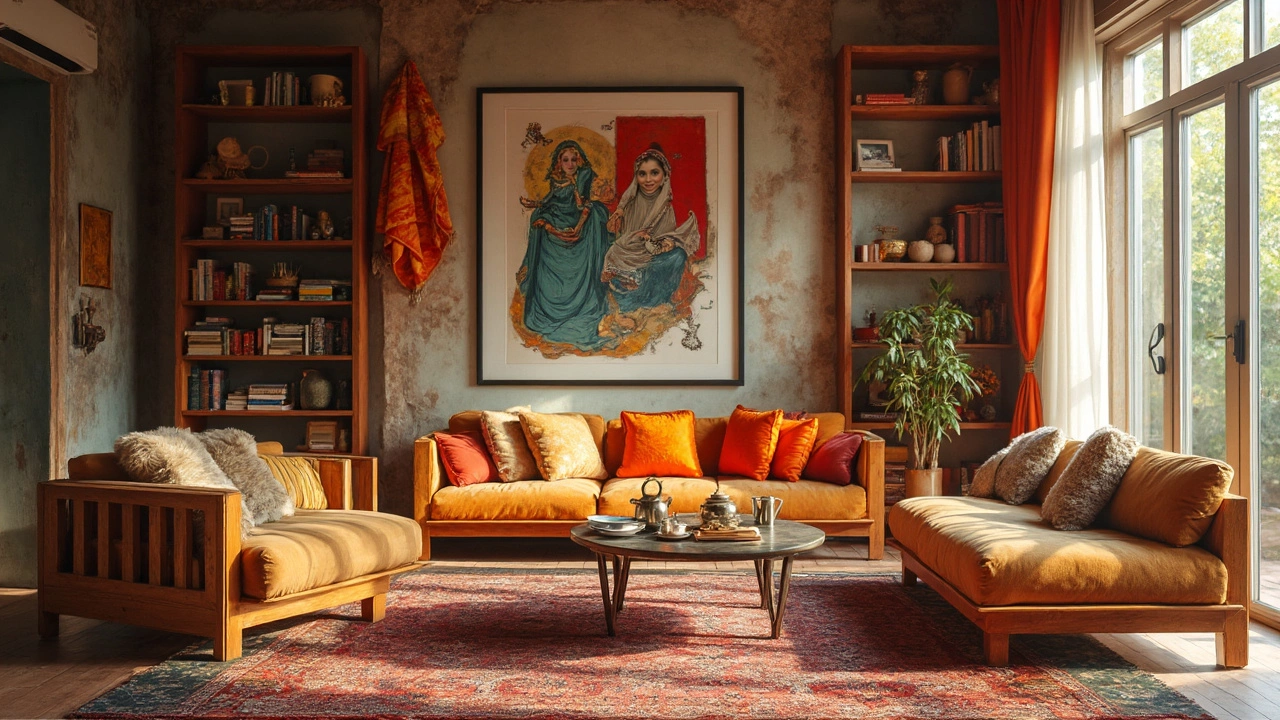Indian Furniture: Trends, Makers, and Market Insights
When exploring Indian furniture, furniture produced in India that spans traditional handcrafted pieces to modern mass‑produced items, reflecting local materials, designs, and manufacturing practices. Also known as Indian‑made furniture, it plays a crucial role in the country's manufacturing ecosystem and cultural identity.
One of the fastest‑growing segments today is high‑demand furniture, products that consumers are actively buying in 2025 such as ergonomic office chairs, modular sofas, and space‑saving storage beds. These items combine comfort with style, and manufacturers are racing to keep shelves stocked. The surge is driven by remote‑work trends, smaller living spaces, and a heightened focus on multifunctional pieces.
At the top end of the spectrum, luxury furniture makers, high‑end brands that blend bespoke craftsmanship with premium materials like solid teak, brass inlays, and hand‑carved motifs are redefining Indian interiors. Their work often features collaborations with designers abroad, pushing Indian craftsmanship onto the global stage. Buyers seeking heirloom‑quality pieces look for the storytelling behind each item, not just the visual appeal.
Environmental concerns are reshaping the industry, and sustainable furniture, products made from reclaimed wood, bamboo, or low‑VOC finishes that minimize ecological impact is gaining traction. Many factories now certify their processes under ISO 14001, and retailers highlight eco‑labels to attract conscious shoppers. This shift influences sourcing decisions, production methods, and even pricing strategies across the sector.
Opportunities also exist for entrepreneurs, especially through small‑scale furniture manufacturing, workshops and micro‑factories that produce niche items using limited capital and localized labor. These setups often focus on regional designs, allowing them to cater to specific cultural tastes while keeping overhead low. With digital marketplaces, artisans can reach national customers without the need for large showrooms.
The overall Indian furniture market is projected to grow at double‑digit rates, fueled by rising disposable incomes and urbanization. Export volumes are climbing, particularly to the Middle East and Europe, where buyers value the blend of heritage and modernity. Raw material availability, such as abundant hardwood farms in the south, supports this expansion. Indian furniture manufacturers are therefore balancing volume production with niche craftsmanship to meet diverse demand.
Design influences vary widely across regions—from the intricate lattice work of Rajasthan to the minimalist steel frames popular in metropolitan cities. These regional styles not only preserve cultural heritage but also inspire contemporary collections. Understanding these nuances helps brands position their products for both domestic buyers and international collectors.
Below you’ll find a curated list of articles that dive deeper into each of these areas—trend forecasts, luxury brand profiles, sustainability case studies, and practical guides for starting a small‑scale operation. Use them to sharpen your strategy, discover new opportunities, and stay ahead in the evolving world of Indian furniture.


